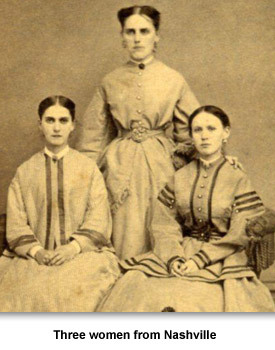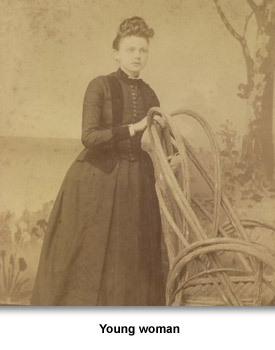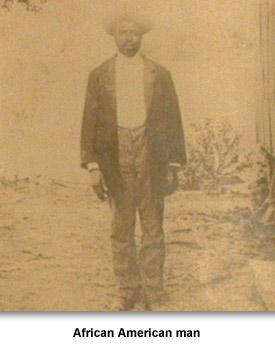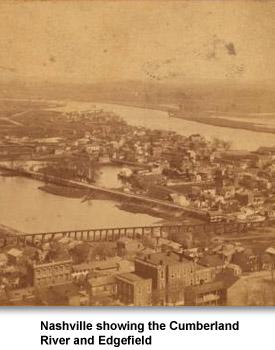Civil War and Reconstruction
How They Lived
During Reconstruction, Tennesseans tried to figure out how to rebuild their families, homes, and communities. Slavery had ended. However, African Americans and white Tennesseans had to negotiate how a new free society would function. Questions about the meanings of freedom impacted the daily lives of many people.
In some respects, Reconstruction was a time of rebirth and growth for Tennesseans. New developments in education and music enhanced the state’s culture . New churches began, and existing churches worked to rebuild and increase their congregations.
Although the Civil War was over, in many Tennesseans’ memories of the war affected their choices for the future. Tennessee remained a violent place, as illustrated by the 1866 Memphis riot. In Reconstruction Tennesseans started the process of dealing with the many different consequences of the war.
Other former Confederates found the change from war to peace easier than they thought. Dr. Charles Quintard, who had served with the Confederate Army as both a surgeon and chaplain, returned to Nashville at the end of the war. He was called to tend to the sick wife of the Union Provost Marshall of Nashville. He then was asked to tend soldiers in the hospital and to bury Federal dead.
“For weeks I was in constant attendance in the hospitals and in the camps,” Quintard wrote. “Gradually I began to realize that I had been unconsciously converted from a Confederate to a Federal chaplain.”
Picture Credits:
- Photograph of an African American man dressed in hat, white shirt, dark coat, striped pants and work shoes. This item is found in the McKamy family collection. The McKamy family was a free black family living in the Knoxville area. The family owned land, had some savings, and were considered middle class before, during, and after the Civil War. Tennessee State Museum Collection, 76.201.5.
- Stereoscopic photograph of “Northeast Nashville showing the Cumberland River and Edgefield, Tennessee.” A stereograph is a type of photograph. New York Public Library.
- Photograph of a young woman standing beside a tall chair. She is wearing a dark two piece dress. “W. S. Lively, McMinnville, Tennessee,” is printed across the bottom of the photograph. Tennessee State Museum Collection, 1997.2.22
- A carte-de-viste, a type of photograph, of three young women probably from Nashville. The women, who are stylishly dressed, had their photograph made at the J.H. Van Stavoren shop on the corner of Cherry and Union streets in Nashville. Tennessee State Museum Collection, 2008.81
Civil War and Reconstruction >> Reconstruction >> How They Lived >>




 Sponsored by: National Endowment for the Humanities
Sponsored by: National Endowment for the Humanities